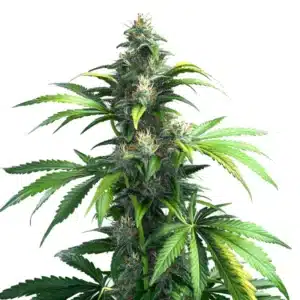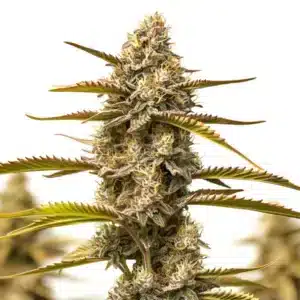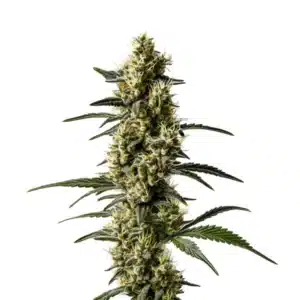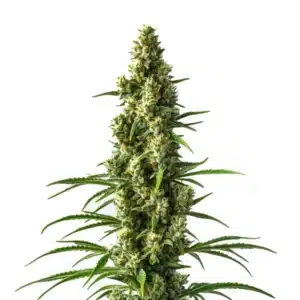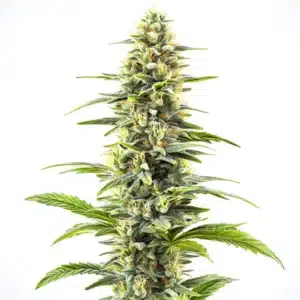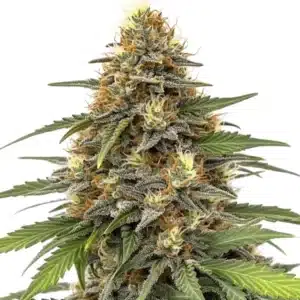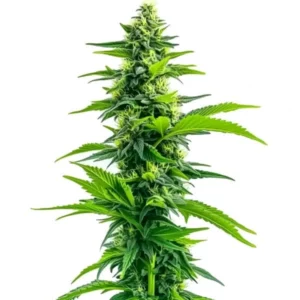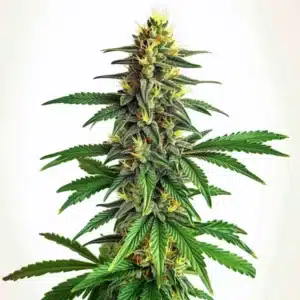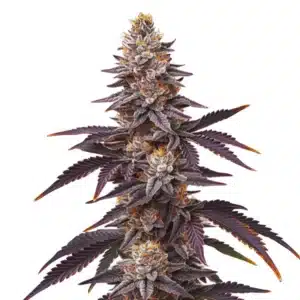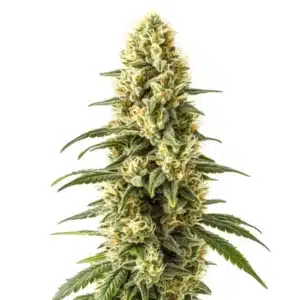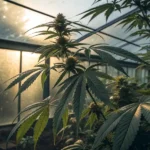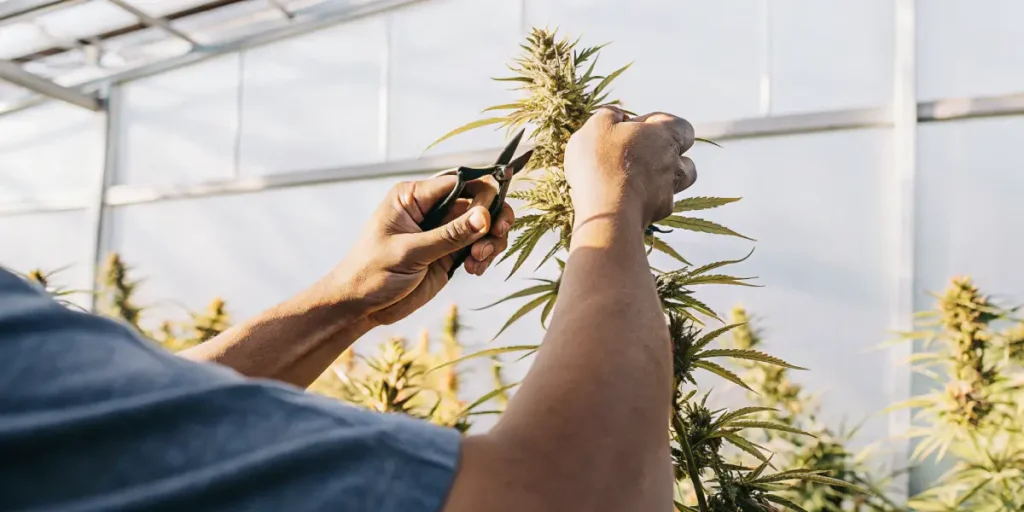
Why Prune Cannabis Plants
Pruning cannabis plants can be a game-changer for both novice growers and seasoned cultivators. By removing specific parts of the plant, you can encourage new growth and enhance the overall health of your cannabis. Pruning is not just about cutting; it’s about creating a thriving environment for your plants.
For those who are new to growing cannabis, the process might seem intimidating. However, once you learn why prune cannabis plants, you’ll realize it’s an essential practice in cannabis cultivation. Experienced growers know that pruning can significantly impact the yield and quality of the harvest.
Recommended Strains
Grizzly Purple Kush
|
|
THC | 15% - 20% (Medium) |
|
|
Type | Feminized |
|
|
Yield | High |
|
|
Phenotype | 70% Indica / 30% Sativa |
Black Demon OG
|
|
THC | 17% - 20% (Medium) |
|
|
Type | Feminized |
|
|
Yield | Medium |
|
|
Phenotype | 80% Indica / 20% Sativa |
Effective pruning results in stronger and bushier plants. When done correctly, it can lead to bigger buds and a more bountiful harvest. Let’s delve deeper into the benefits of pruning cannabis plants and the best practices to achieve optimal results.
Benefits of Pruning Cannabis Plants
One of the primary benefits of pruning cannabis plants is the increase in yield. By cutting away unnecessary leaves and branches, you allow the plant to focus its energy on producing bigger and more potent buds. This energy redirection is crucial for maximizing your harvest.
Pruning also improves air circulation and light penetration. When the plant is too bushy, the lower parts don’t receive enough sunlight, which can stunt growth. By strategically removing parts of the plant, you ensure that light reaches all areas, promoting healthier growth.
Furthermore, the benefits of pruning cannabis plants extend to pest and disease management. By thinning out dense foliage, you reduce the chances of pest infestations and fungal infections, which thrive in moist and overcrowded environments. This preventive measure helps maintain plant health throughout its growth cycle.
Another key benefit is the ability to shape the plant according to your space constraints and desired structure. By directing growth through pruning, you can optimize the use of your growing area, making it easier to manage and care for your plants. This tailored approach can lead to more efficient cultivation practices.
Impact on Cannabis Potency
Pruning doesn’t just affect the size and quantity of your harvest; it can also influence the potency of your cannabis. By focusing growth on fewer buds, the plant can allocate more resources to developing those areas, potentially increasing THC levels.
Strains like Grizzly Purple Kush from Blimburn Seeds are known for their potent effects. Pruning these plants can enhance their natural strength, giving you a more powerful product.
Knowing the impact of pruning on cannabis potency is crucial for growers aiming for a high-quality yield. When you prune correctly, you allow the plant to concentrate its efforts on developing fewer, but more robust, buds. This can lead to a higher concentration of cannabinoids, enhancing the overall potency.
However, the impact of pruning on cannabis potency also requires a careful balance. Over-pruning can cause stress, which may negatively affect the plant’s ability to produce potent buds. It’s important to monitor your plant’s response to pruning and adjust techniques accordingly to maintain optimal potency levels.
Promos & Deals
Pruning Techniques for Cannabis Growth
There are various pruning techniques for cannabis growth that cater to different plant needs. Topping is a popular method where the main stem is cut to encourage bushier growth. This method allows for multiple colas, or main branches, resulting in a larger yield.
Another technique is called FIMming, which involves pinching off the new growth at the top. This method is less precise than topping but can still result in multiple colas if done correctly. It’s a favorite among growers of Black Demon OG. for its ease and effectiveness.
Besides topping and FIMming, another effective pruning technique is lollipopping. This method involves removing the lower branches and leaves to focus growth on the top parts of the plant. Lollipopping can improve airflow and light penetration, which are essential for healthy cannabis growth.
Selective defoliation is another pruning technique for cannabis growth that involves removing specific leaves to improve light exposure and air circulation. By carefully choosing which leaves to remove, you can enhance the plant’s ability to photosynthesize, leading to better overall growth and yield.
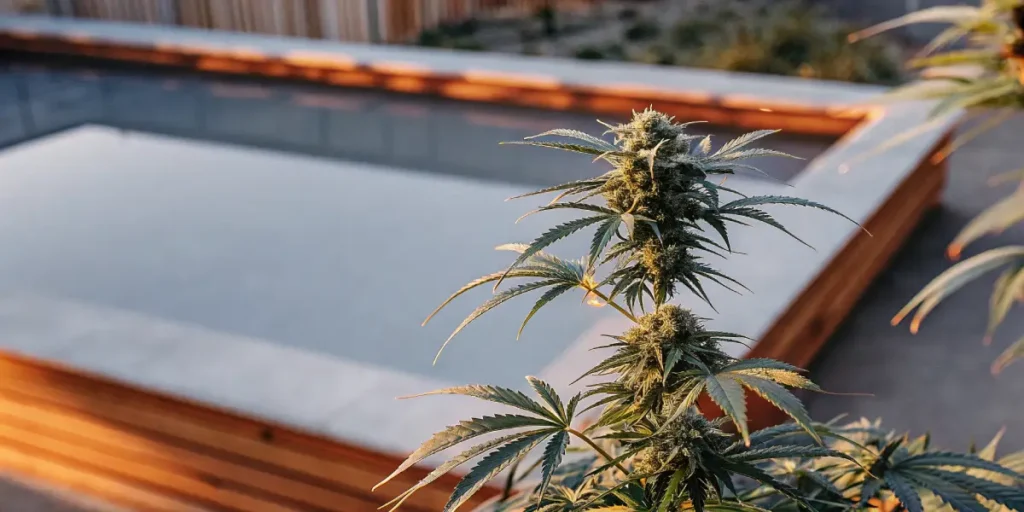
Best Time to Prune Cannabis Plants
The best time to prune cannabis plants is during the vegetative stage. At this point, the plant is actively growing and can recover quickly from cuts. Pruning during this phase ensures that the plant has enough time to heal and redirect its energy before flowering.
It’s advisable to avoid pruning during the flowering stage, as this can stress the plant and affect bud development. However, light pruning of dead or yellowing leaves can be beneficial to improve airflow and light exposure.
Timing plays a crucial role in how pruning affects cannabis yield. During the vegetative stage, plants are resilient and can handle the stress of pruning, allowing them to bounce back with vigorous growth. This timing is ideal for shaping the plant and preparing it for a successful flowering period.
While the best time to prune cannabis plants is during the vegetative phase, it’s also important to consider the specific growth patterns of your strain. Some strains may benefit from earlier or later pruning, so observing your plant’s development and adjusting your approach can lead to better results.
Real-Life Examples and Tips
Imagine a grow space filled with vibrant cannabis plants like Orange Sherbet. By applying effective pruning techniques, you can transform this space into a more productive and efficient environment.
One tip is to always sterilize your tools before pruning. This simple step prevents the spread of diseases and ensures clean cuts, reducing stress on the plant. Clean cuts heal faster, allowing the plant to focus on growth.
Incorporating real-life examples and tips can significantly enhance your understanding of why prune cannabis plants. For instance, a grower who carefully prunes their plants can witness firsthand the increased yield and potency that come from proper pruning techniques.
Another practical tip is to gradually increase your pruning efforts as you gain experience. Start with minimal cuts to see how your plants respond, and as you become more confident, you can adopt more advanced techniques to maximize the benefits of pruning cannabis plants.
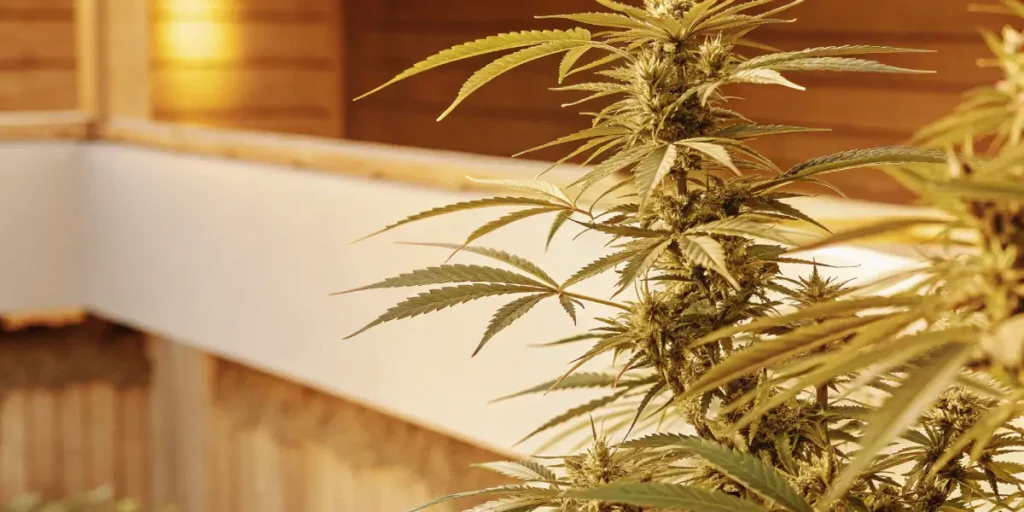
FAQ Section
How does pruning affect cannabis yield?
Pruning affects cannabis yield by directing the plant’s energy towards producing larger and more plentiful buds. By removing unnecessary leaves and branches, the plant can focus its resources on developing the remaining colas. This often results in a higher yield at harvest time.
While the process might seem counterproductive, cutting away parts of the plant actually enhances its ability to grow more effectively. With less foliage to maintain, the plant can allocate its energy to the areas that matter most, ultimately boosting yield.
Knowing how pruning affects cannabis yield is essential for growers aiming to maximize their harvest. By strategically removing certain parts of the plant, you can encourage it to channel its energy into producing more substantial and robust buds, leading to a more successful cultivation outcome.
Pruning can also lead to a more manageable plant structure, which simplifies maintenance and harvesting. This added convenience is another reason why prune cannabis plants; it makes the overall growing process more efficient and rewarding.
What are the benefits of pruning cannabis plants?
The benefits of pruning cannabis plants are numerous. Improved air circulation and light penetration are among the top advantages. By ensuring that light reaches all parts of the plant, you promote healthier growth and prevent mold and mildew.
Additionally, pruning can enhance the potency of your cannabis by allowing the plant to focus on fewer, more developed buds. This process not only increases the quality of the harvest but also its quantity.
One of the lesser-known benefits of pruning cannabis plants is the ability to manage plant size and shape. This is particularly useful for indoor growers who need to optimize their limited space. Proper pruning can help you maintain your plants within your desired height and width.
Furthermore, pruning allows for better access to the plant for maintenance tasks such as watering, pest control, and nutrient application. This increased accessibility is another reason why prune cannabis plants, as it helps ensure consistent care and attention throughout the growth cycle.
What is the best time to prune cannabis plants?
The best time to prune cannabis plants is during the vegetative stage. During this period, the plant is robust and can quickly recover from cuts, making it an ideal time for pruning. This timing allows the plant to heal and focus on growth before entering the flowering stage.
Pruning during flowering is not recommended as it can stress the plant and potentially impact bud development. Instead, focus on vegetative growth for the most significant benefits.
Knowing the best time to prune cannabis plants is crucial for achieving optimal results. By synchronizing your pruning efforts with the plant’s natural growth cycle, you can enhance its ability to produce a bountiful and potent harvest.
While vegetative growth is generally the best time for pruning, it’s also essential to monitor environmental factors such as temperature and humidity. These factors can influence how the plant responds to pruning, making it important to adjust your approach based on current conditions.
Why is pruning important for cannabis potency?
Pruning is important for cannabis potency because it allows the plant to concentrate its resources on fewer buds. This concentration can lead to higher THC levels, enhancing the overall strength of the cannabis.
By strategically pruning, you enable the plant to produce fewer but more potent flowers. This method ensures that you get the most out of your cannabis, both in terms of quality and potency.
The impact of pruning on cannabis potency can be significant, especially when combined with other cultivation techniques. For instance, pairing pruning with optimal nutrient management and light exposure can further enhance the plant’s ability to produce high-potency buds.
Knowing why prune cannabis plants with a focus on potency is key for growers looking to produce top-shelf cannabis. By dedicating time to learn and master pruning techniques, you can achieve a product that stands out in terms of both quality and strength.
What pruning techniques for cannabis growth should I use?
There are several pruning techniques for cannabis growth that you can use. Topping is one of the most common methods and involves cutting the main stem to encourage a bushier plant with more colas.
FIMming is another technique that involves pinching off new growth. It’s less precise than topping but can still result in multiple colas. Both methods are effective and can be tailored to different strains for optimal results.
Choosing the right pruning techniques for cannabis growth depends on your specific goals and the characteristics of your plants. Each technique offers unique benefits, so it’s important to experiment and observe how your plants respond to find the best approach for your situation.
For those new to pruning, starting with simple techniques like topping and gradually experimenting with more advanced methods can be a practical way to learn. This incremental approach allows you to gain confidence and skill in pruning without overwhelming your plants.



